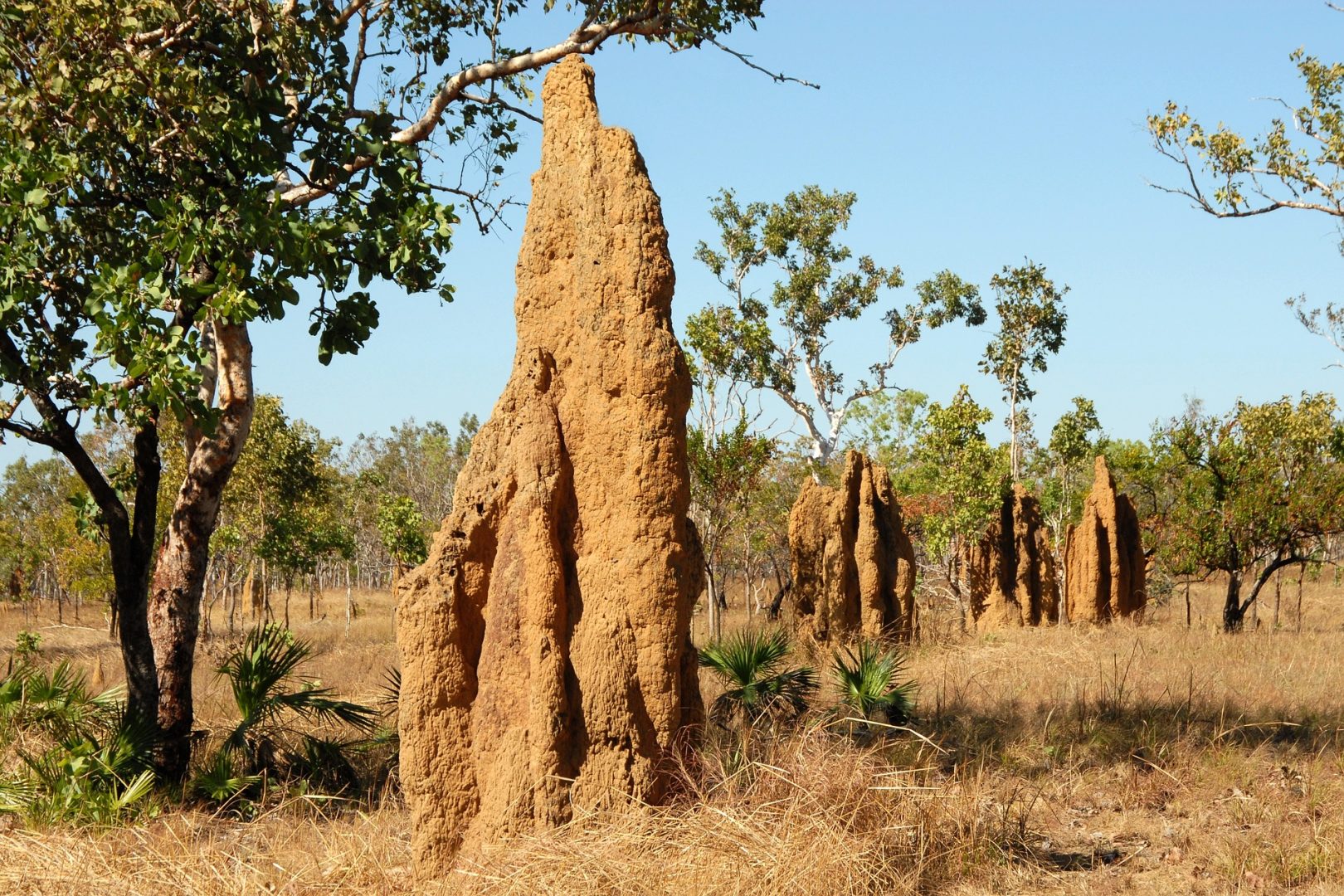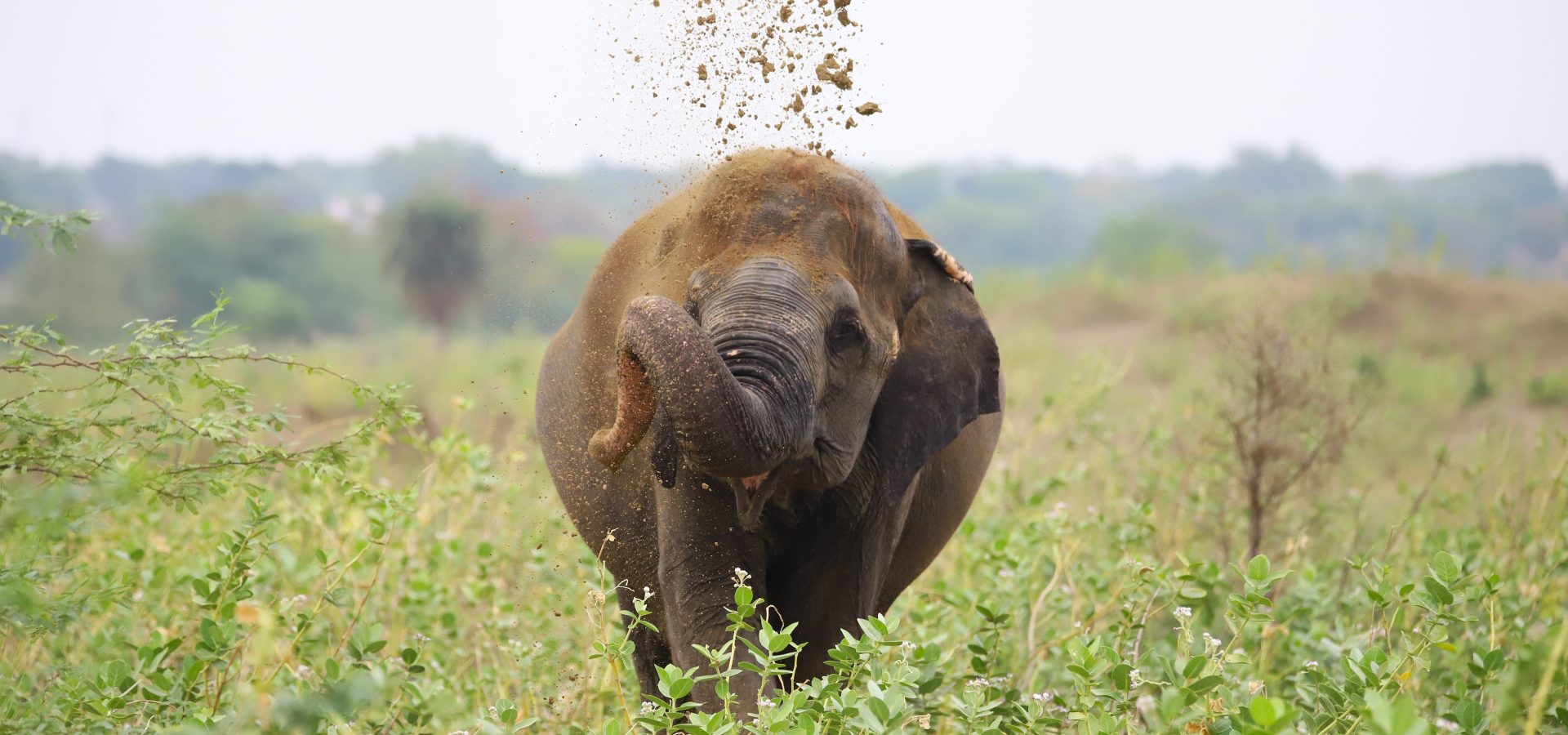As the temperature rises, all living creatures have one common task on their minds: to beat the heat! Regions around the globe are experiencing steady warming. According to the 2020 Annual Climate Report released by NOAA, temperatures since 1981 have been rising at the rate of 0.08 degree Celsius each decade. You’ll be surprised to know that since 2005, ten warmest years have been recorded!
While humans have resorted to their own devices, such as air conditioners, refrigerators and coolers, animals have their own, unique ways that help them keep cool. Physiologically, our human body releases sweat to keep our skin cool. Animals, too, adapt anatomically to combat scorching heat. Here are some ways that animals keep themselves cool!
Sweating
Just like sweating is essential for humans, it helps non-human animals, too! When the sweat dries and evaporates, it reduces the body temperature while leaving the skin cool. Certain members of the dog family, horses, monkeys, and apes are known to perspire. While animals who lack sweat glands, like the Gila Monster, let water evaporate through the cloacal opening, thus reducing their body temperature.
Wrinkly Skin
While wrinkles suggest ageing in humans, they work in the favour of certain animals to help them beat the heat. Elephants have thick, wrinkly skin which allows them to trap moisture effectively. Wrinkles on their bodies mean a large surface area from which moisture evaporates, thereby cooling them.
Heat Release
Animals usually covered in fur have some body parts with minimal coverage – such as abdomen and limbs. Through these body parts, animals like lions or camels regulate body temperature and release excessive heat. Fluttering of wings for birds also serves the same purpose. Fanning not only helps animals keep ticks and other insects away, it also helps them release heat. One can generally spot animals with large ears, like elephants and hares, flapping them from time to time. Elephants have 300 litres of warm blood circulated in their ears, which they flap to cool themselves. Ear flapping allows blood to flow more effectively, and pushes the excessive heat out.
Body Colours
Due to change in temperatures, lizard species like the Garden Lizard and Chameleon alter their colours. As temperature rises, their body colour becomes lighter which absorbs less heat, thus keeping them cooler.
Aestivation
Another way to escape the heat is literally by escaping! Animals like toads, frogs, and tortoises have the ability to do this for several months. They enter a dormant phase known as aestivation. During this period, their breathing and heart rate drop, their activity is minimised, and they generally spend time sleeping. This also helps them conserve energy. Smaller animals like snails are able to retreat in their shelled-covering to avoid desiccation due to heat. When soils become dry during harsh seasons, soil-inhabiting animals like the earthworm prefer entering a dormant phase. Freshwater animals such as the lungfish also choose the seabed to burrow themselves throughout the unfavourable season.
Hiding
In India, where the temperatures can reach upto 50 degrees Celsius during summer days, animals choose cool places to hide. They excavate burrows and take refuge under rocks and crevices to avoid the harsh sun. Sheltering under dense trees or bushes may also offer a cooler breeze. These places offer animals an adequate microclimate to prevent overheating. Animal parents generally shield their young ones by spreading their bodies over them. Often, animals come out of their hiding spots only during early morning or late evening hours to look for food and water.
State of the Art Homes
Termites are insects that live in large social colonies, with division of labour. They build massive structures known as mounds with sophisticated air conditioning. Numerous air pockets regulate ventilation and the insides of these mounds remain cool even in scorching heat. In fact, architects have been trying to replicate this design to build effective ventilation systems in modern day buildings.

Panting
A rather common phenomenon amongst mammals, panting allows the body to reduce its temperature during the warmer months. This involves consistently expelling hot air while inhaling cool air. As a measure to cool themselves, certain species of birds are known to pant as well.
Drumming the Gular Pouch
We often come across birds with a skin flap hanging under their lower jaw, attached to the throat. This is known as gular, and birds can make use of it to cool themselves! Any internal heat generated through the metabolic processes is dissipated from their bodies. Pelicans, cormorants, storks, doves, owls, and even herons vibrate the gular to allow better evaporation. Birds even synchronise the fluttering of gular while panting to wave off the heat!
Mud Spa
While entering a muddy area may seem messy to us, some animals use it as a summer pool! Elephants roll and bathe in mud, which helps their bodies cool as the mud evaporates. As an additional benefit, wallowing also helps them remove parasites and they remain disease free. Animals even shower in dust and mud, which acts as a protective sunblock. When the dirt dries off, it leaves them cooler than ever! Who even needs sunscreen?
Pooping (Wait, what?)
Several bird species are known to utilise a rather unique measure to cool themselves: defecating. Storks, herons, and vultures poop on their legs, which when evaporates, gives a cooling effect. This helps them reduce their body temperatures and keep up with the unrelenting heat!
Migration
Numerous animal species migrate from one region to another to avoid unfavourable conditions. They fly across thousands of kilometres only to seek appropriate food resources and temperatures. Monarch butterflies are known for their excellent migratory journey from Mexico to the northern parts of America. Birds, too, fly above high-ranging mountains, endless seas, or arid deserts to meet their survival needs.
Store all you can!
Camels and other ungulates that inhabit dry, arid regions are known for their remarkable ability to store water. Their noses have spongy bones that help them to absorb moisture. Excessive moisture, along with the water they drink help them get through without water for days. Dik-diks and Saiga Antelopes have oddly-shaped noses through which they are able to recover water and filter air efficiently. Gila Monsters are able to store water in the fatty deposits of their tails.
Conserving Water
We lose most water from our bodies through excretion. Some animals that need to retain this water produce dry faeces and concentrated urine. Birds, reptiles, and insects are known to excrete uric acid instead of liquid urine. Lizards residing in forests have unique glands to release excessive body salts, without any water loss.
Extracting Water from Food
Those who are unable to bring about physiological changes to survive through the heat extract all possible moisture from resources around them. For instance, desert animals capture water molecules from seeds, plants, as well as insects they consume.
Although animals have extraordinary ways to escape the heat, they sometimes may require assistance from our end. Birds, for instance, often fall victim to the unprecedented soaring temperatures as they experience dehydration, exhaustion, and heat stroke. Read more on how you can help urban avifauna keep cool this summer.





